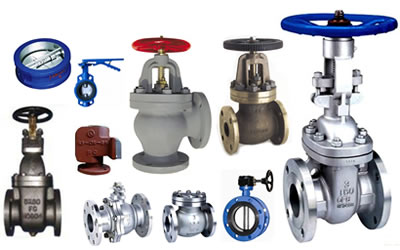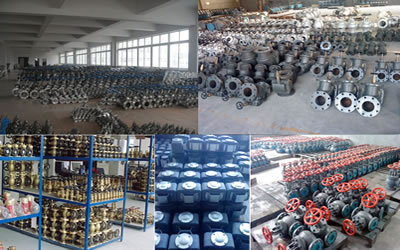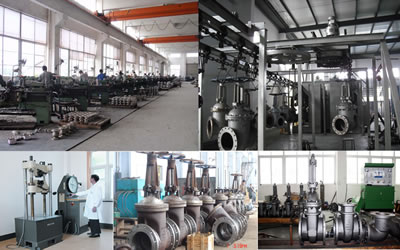The International Maritime Organization’s Marine Environment Protection Committee recently pushed back the compliance date of new ballast water management requirements for existing vessels. Now, many ships will not be required to install ballast water management systems until 2024, up to two years later than originally planned. Where does this leave shipowners and ballast water management system manufacturers?

In July, the International Maritime Organization (IMO) held its 71st session of the Marine Environment Protection Committee (MEPC), where flag states discussed shipping’s environmental agenda in the years to come.
One of the more important outcomes of the meeting was a newly agreed implementation agenda for the Ballast Water Management Convention (BWM Convention). To date, the BWM Convention has been ratified by 61 countries, representing 68.46% of world merchant shipping tonnage.
The Committee’s new plan has delayed the BWM compliance of existent vessels until as late as 2024, two years later than previously allowed, and 20 years after the Convention was first adopted.
The delay only refers to the D-2 standard, which requires vessels to restrict the amount of viable organisms allowed to be discharged into the waters and to limit the discharge of microbes harmful to human health. The D-1 standard, which requires that at least 95% of water is exchanged far away from the coast where it would be released, will be in force for all ships from 2017. All newbuild ships will have to comply with both D-1 and D-2 standards from September onwards.
The MEPC’s decision came after six flag states had called for the IMO to push back the initial implementation date.
In a memo titled “A compromise proposal for the amendment of regulation B-3 of the BWM Convention” submitted in April this year, Brazil, the Cook Islands, India, Liberia, Norway and the United Kingdom argued that the D-2 standard should be delayed in order to “assist management systems manufacturers, yards, classification societies and others in preparing for the entry into force of the Convention.”
Calling for a compromise
The BWM Convention was first adopted by consensus in 2004, after more than 14 years of difficult negotiations between IMO Member States. Since then, its implementation has been progressing slowly, due to a lengthy and complex ratification process.
Ahead of MEPC 71, shipowners and operators have been lobbying to buy themselves more time before investing in expensive ballast water management systems and training.
In their proposal, the six member states argued that “an appropriately considered phase-in should take on board the need for the shipping industry to prepare for installations, and to have type approved systems […] available.”
“It is the opinion of the co-sponsors that it would be beneficial to all if the adopted schedule allows for the installation of treatment systems to be spread over a defined time period, thus giving certainty to all involved,” the joint letter reads.
In a blog, Chris McMenemy, managing director at the ballast management treatment firm Cleanship Solutions, criticised the proposal, saying: “Rather than propose a sensible phase-in of the requirements, over, say, a five-year period, the proposals at hand simply suggest pushing everything back, by another two years – hardly a compromise!
“The longer we have implementation schedules linked to a renewal survey that can be re-scheduled at a whim, the longer the inevitable is postponed, and the tougher it will be for everyone to comply, when the time finally does come,” McMenemy wrote.
The winners and losers
The IMO announcement stirred a mixed reaction across the industry.
On the one hand, South Korea’s shipping companies were “relieved” by the two-year delay, according to the Yonhap News Agency, which reported that the estimated financial burden for local shippers would have been $52.95m for the 126 foreign-flagged vessel fleet. If the Convention were to be implemented as initially scheduled, that cost would have risen to $304m over the next five years, according to Korea Shipowners' Association.
For those in the ballast water treatment market, the delay amounts to lost business and lost opportunities. Last year, financial analytics company MarketsandMarkets valued the ballast water treatment market at $118.77bn by 2022.
After the latest decision however, the demand for treatment solutions will slow down considerably. In addition, shipbuilders were expecting a flurry of orders for new, BWC-compliant vessels, which will be further deferred.
In his closing remarks to the MEPC 71 conference, IMO secretary-general Kitack Lim said that the new agreement “clearly demonstrates that the Organization is leaving no stone unturned to provide both regulatory certainty and enhanced confidence in the workability of the Convention’s provisions.
“I am confident that this […] will pave the way for Member States embarking on the full and effective implementation of the Convention,” Lim added.
A blow to conservation efforts?
Following the IMO’s decision, the US Coast Guard issued an official reminder that the US’s own ballast water laws still apply, and are now more stringent than those enforced by the IMO.
In its reaction to the delay, the Institute of Marine Engineering, Science & Technology (IMarEST), pointed out the “unfortunate” timing of the resolution, shortly after the United Nations announced its Sustainable Development Goals, one of which specifically references the importance of preserving and protecting the world’s oceans for all our futures.
“Inevitably there will be commercial winners and losers as a result of MEPC’s decision to extend the implementation schedule. Ultimately, however, the biggest loser is the marine environment,” IMarEST said in a statement. “It is a blow both to conservation efforts and to the people and communities around the world that depend on a healthy and sustainable marine environment for their economic and societal well-being.”




